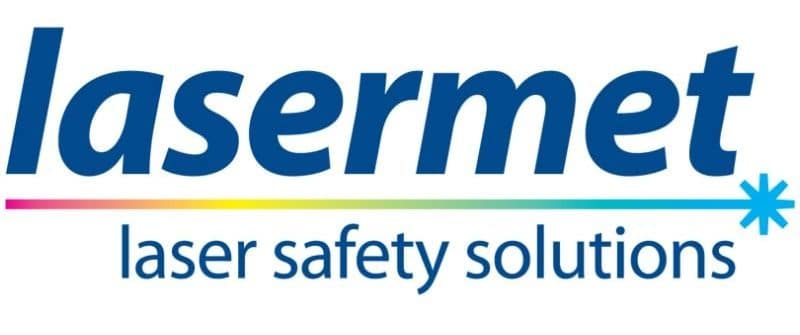Safety Standards (IEC / EN / CDRH)
European and International Laser Safety Standard
BS EN IEC 60825-1:2014
“Safety of laser products Part 1: Equipment classification and requirements’
This is the primary laser safety document* to which all subsequent laser safety documents* refer. Maximum Permissible Exposures (MPEs), Accessible Emission Limits (AELs), laser classes and measurement conditions, labeling, engineering controls, and so on are all defined. All laser products sold in Europe must include a manufacturer’s section.
The FDA’s publication of Laser Notice 50 (see below) raises the importance and use of this standard, effectively making it the global laser safety standard.
NB The IEC version is identical to the BS EN version.
* Except for USA where ANSI Z136.1 is used.
Fibre Optic Communication System Laser Safety Standard (available in IEC or BS EN versions)
BS EN 60825-2:2004+A2:2010
‘Safety of laser products Part 2: – Safety of optical fibre communication systems’
This standard, to be used in conjunction with IEC 60825-1, specifies the laser safety requirements for manufacturers and users of fiber optic communication systems. It specifies Hazard Levels, labeling, and engineering controls, such as Automatic Power Reduction (APR).
BS EN 60825-4:2006+A2:2011
Safety of laser products. Laser guards
Laser Protective Eyewear Standard
BS EN 207:2017 Personal eye-protection equipment. Filters and eye-protectors against laser radiation (laser eye-protectors)
This is a manufacturer’s specification. Users, on the other hand, require it in order to specify the correct eyewear and interpret the markings on the eyewear that indicate its specification. Other testing requirements, such as ‘LB’ numbers, are specified.
BS EN 208:2009 Personal eye-protection. Eye-protectors for adjustment work on lasers and laser systems (laser adjustment eye-protectors)
Laser adjustment filters and eye-protectors are covered by BS EN 208. These are filters and eye-protectors for use in laser and laser system adjustment work according to EN 60825-1:2007 where hazardous radiation occurs in the visible spectral range of 400 nm to 700 nm.
Filters specified in BS EN 208 reduce this radiation to values defined for lasers of class 2 [_1 mW for CW (continuous wave) lasers].
BS EN 208 defines requirements, test methods and marking. A guide is given in Annex B with regard to selection and use.
Before selecting eye-protection according to this standard a risk assessment should be undertaken.
FDA Laser Notice 50 – Free
The United States has always had its own laser regulation (known as 21 CFR 1040.10). This is a regulation (rather than a standard) issued by the United States government and has been established in US law. However, it has not been updated in approximately 30 years and is thus significantly out of date with the IEC / EN standard. Manufacturers exporting to or from the United States have thus had to classify their products to two separate standards with different labeling, engineering requirements, and, in some cases, Classifications.
This notice, issued on May 27, 2001, informs laser product manufacturers that the US FDA will now accept IEC classification and labeling. This greatly simplifies compliance for manufacturers who sell in both markets. There are some additional requirements for the United States, which are outlined in this notice and in 21 CFR 1040.10.
Please note that all laser products must still be registered with the FDA prior to entry into the USA. This is done by submitting a Laser Product Report to the FDA. Lasermet specialize in compiling and submitting such reports Click here for FDA Registration.
USA Laser Product Regulation 21 CFR 1040.10 – Free
The section on ‘laser notice 50’ above explains how this regulation relates to the IEC standard. Manufacturers may continue to classify products sold in the United States under 21 CFR 1040.10. In any case, it is still required in parts under Laser Notice 50.
